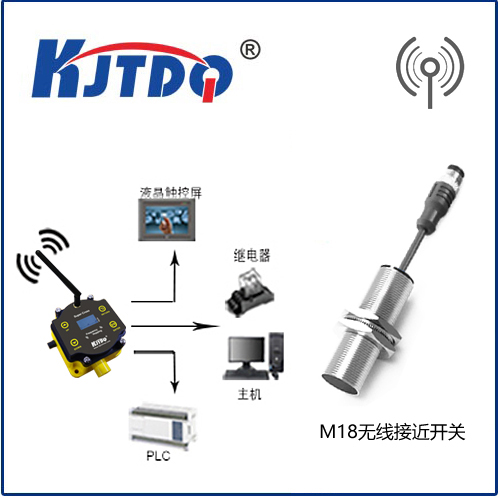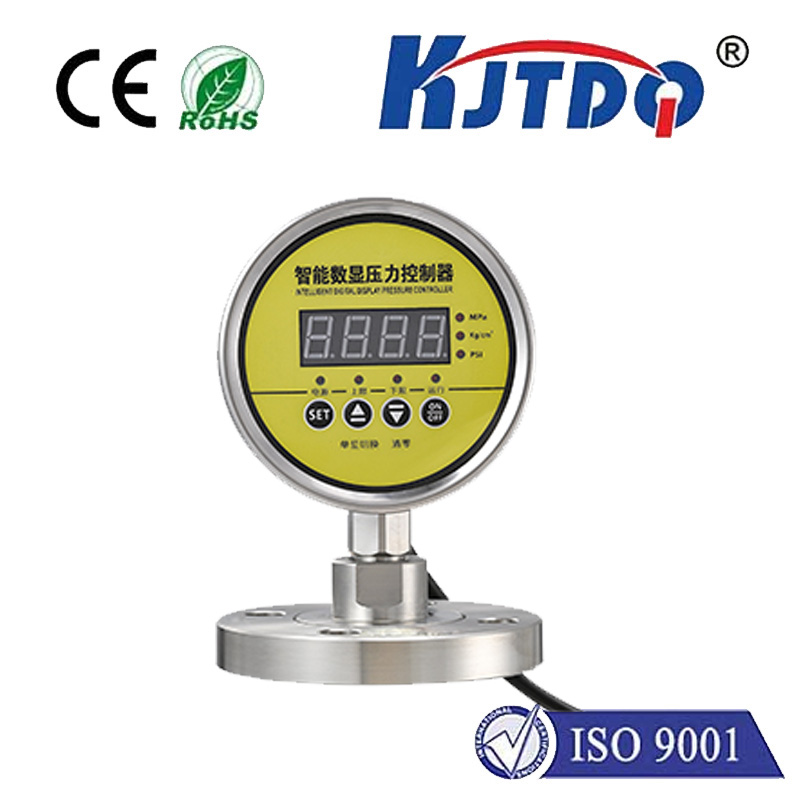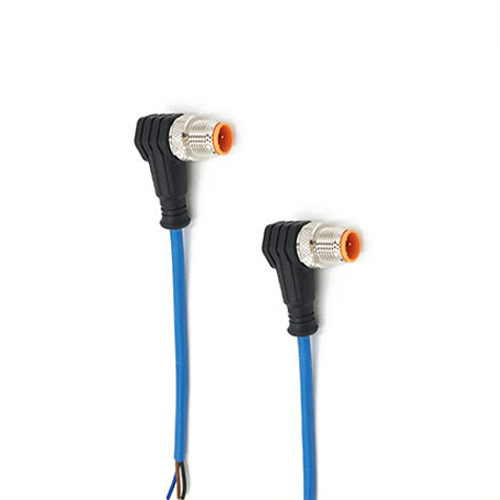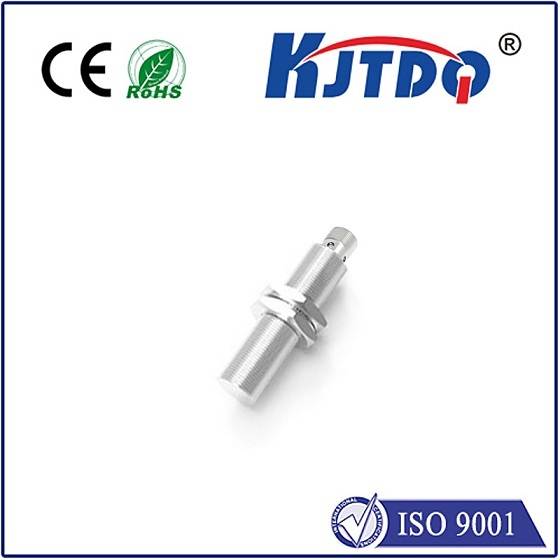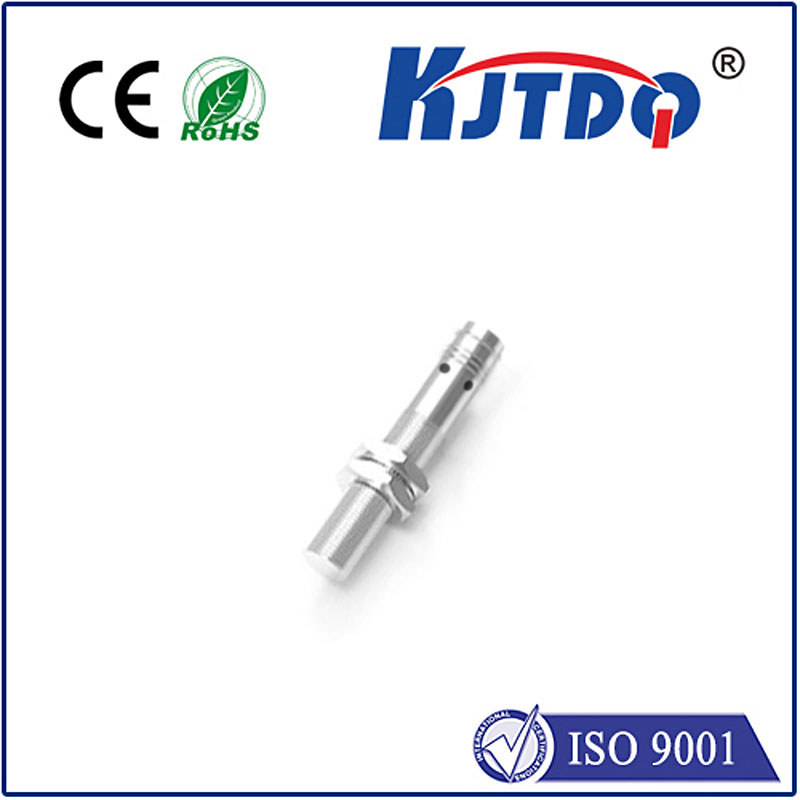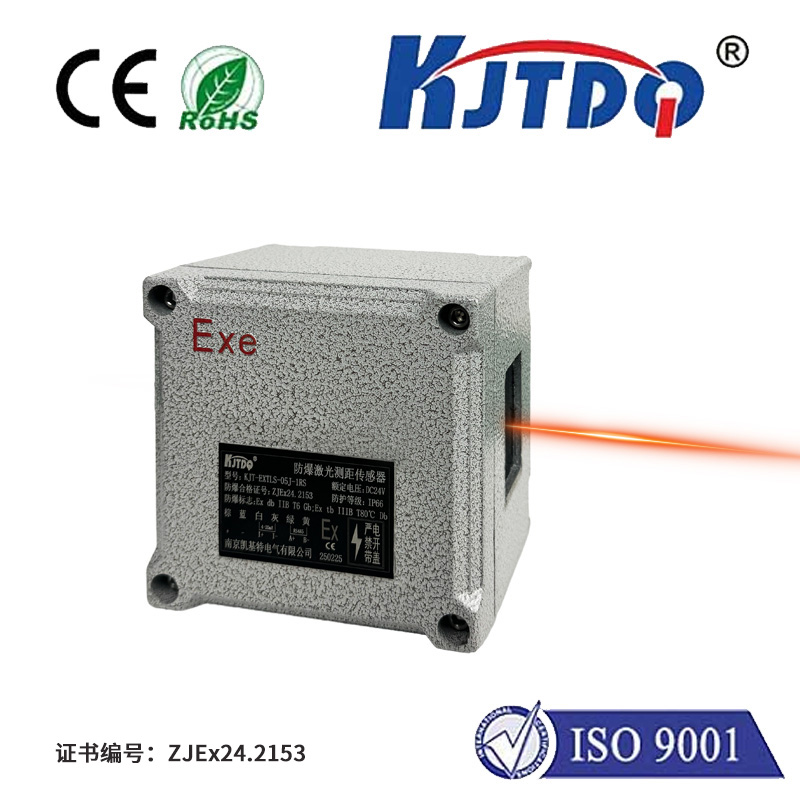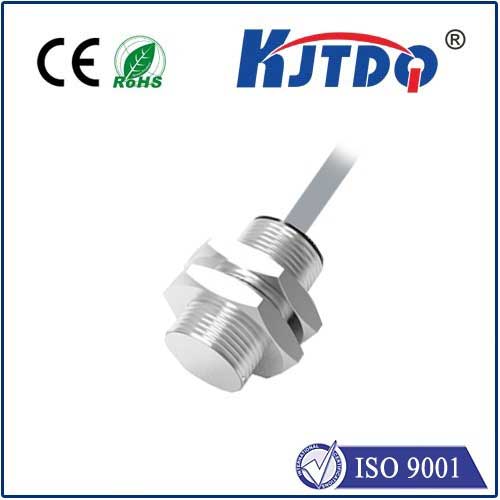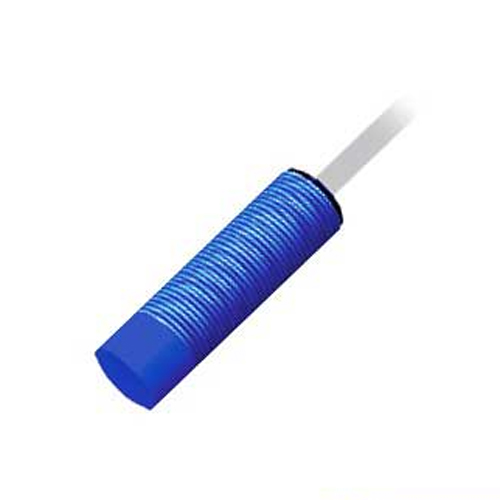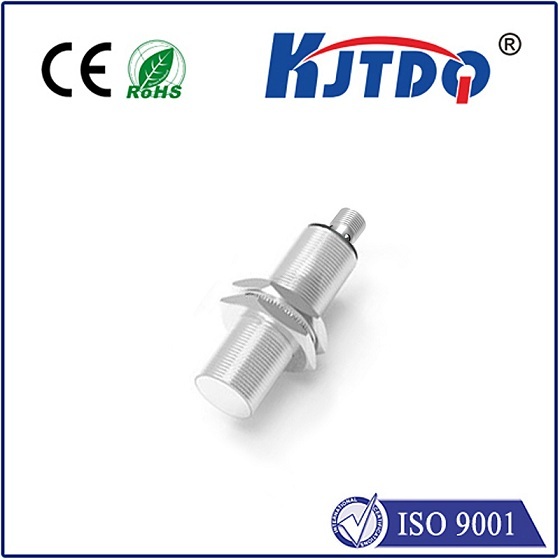Short Range Laser Rangefinders: Precision Measurement for Modern Applications Have you ever wondered how engineers measure distances in tight spaces with millimeter accuracy? Or how golfers effortlessly gauge the distance to the flag on a crowded course? The answer lies in a compact yet powerful tool: the лазерный дальномер малой дальности. Combining cutting-edge optics with advanced algorithms, these devices are revolutionizing industries that demand precision in confined environments. In this article, we’ll explore how short range laser rangefinders work, their diverse applications, and why they’re becoming indispensable in fields from robotics to sports.
А.лазерный дальномер малой дальности is a device designed to measure distances typically between 0.1 meters to 300 meters using laser technology. Unlike long-range models used in surveying or military operations, these compact tools prioritize accuracy over extreme distance, making them ideal for scenarios where space is limited. The core principle involves emitting a laser pulse toward a target and measuring the time it takes for the light to reflect back—a method known as time-of-flight (ToF). Advanced sensors then calculate the distance using the formula: Distance = (Speed of Light × Time Delay) / 2. This process occurs in milliseconds, delivering real-time results with minimal margin for error.

From industrial automation to recreational sports, these devices are quietly transforming workflows. Below are some standout use cases:
With countless models on the market, selecting the ideal device depends on three factors:
Innovations in laser tech are pushing boundaries. Miniaturization is a key trend, with rangefinders shrinking to fit smartphones or drones. For instance, Apple’s LiDAR scanner in iPhones uses similar principles for augmented reality (AR) applications. Another breakthrough is multi-beam scanning, enabling devices to map 3D environments in seconds. This is invaluable for autonomous vehicles navigating urban streets or drones inspecting infrastructure. Moreover, integration with AI allows rangefinders to “learn” from their surroundings. Imagine a device that not only measures distance but also identifies materials or predicts obstructions—a leap toward smarter automation.
In an era where precision defines progress, these tools bridge the gap between human capability and technological demand. Whether you’re a golfer aiming for a personal best or an engineer designing the next smart factory, short range laser rangefinders offer speed, reliability, and unmatched accuracy. As industries continue to adopt IoT and automation, the role of laser measurement will only expand. By understanding their capabilities today, professionals and enthusiasts alike can stay ahead in a world where every millimeter counts.
